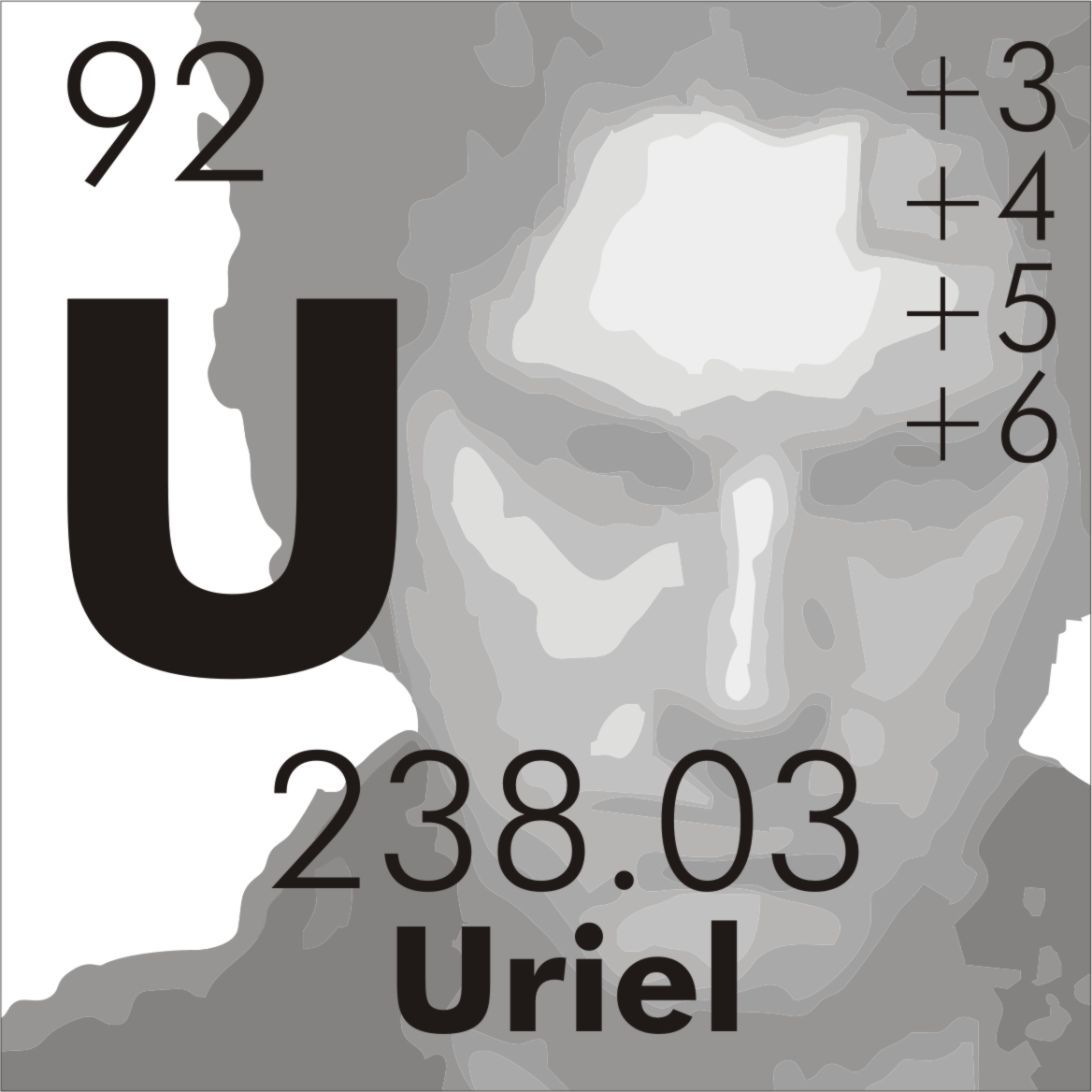

It sounds like you haven’t observed the conversation.
And it’s not the tech companes so much as the Linux community who have pushed for e2e.
Considering how many abuses (pretty clear violations of the fourth amendment to the Constitution of the United States) have been carved out by SCOTUS during mob investigations and the International War on Terror, no, the people of the US want secure communication. The law enforcement state wants back doors and keep telling tech folk to nerd harder to make back doors not already known to industrial spies, enthusiast hackers and foreign agents.
You’re asking for three perpendicular lines on a plane. You’re asking for a mathematical impossibility.
And remember industrial spies includes the subsets of industries local and foreign, and political spies behind specific ideologies who do not like you and are against specifically your own personhood.
The eventual outcome of this sort of thing is more widespread use of steganographic data storage schemes. We already have plenty, such as ones that make your data look like unused LTS blocks of garbage and code blocks with multiple hidden partitions, so that you can open one block showing pedestrian data and the court unable to prove there are other hidden blocks.
These are technologies that already exist for those people who are really interested preserving their renegade data.
But if I own a business and I don’t want my rivals reading my accounting, and open crypto is illegal, I may go stegan whether or not I have secret slush funds.